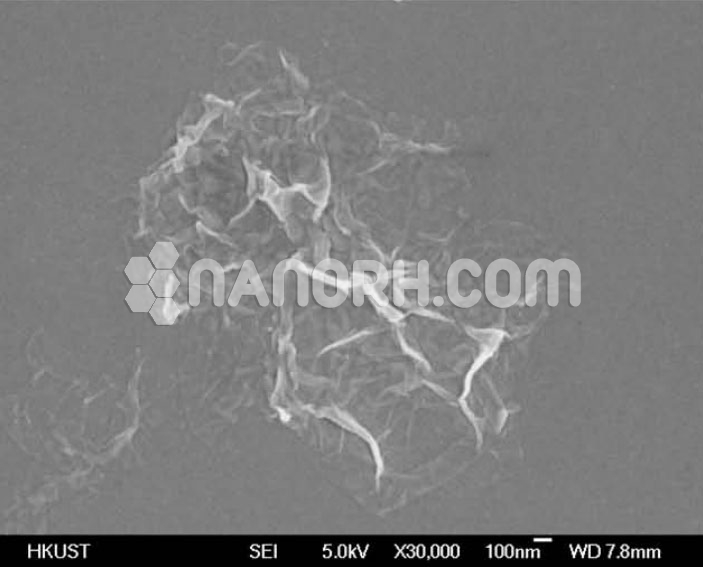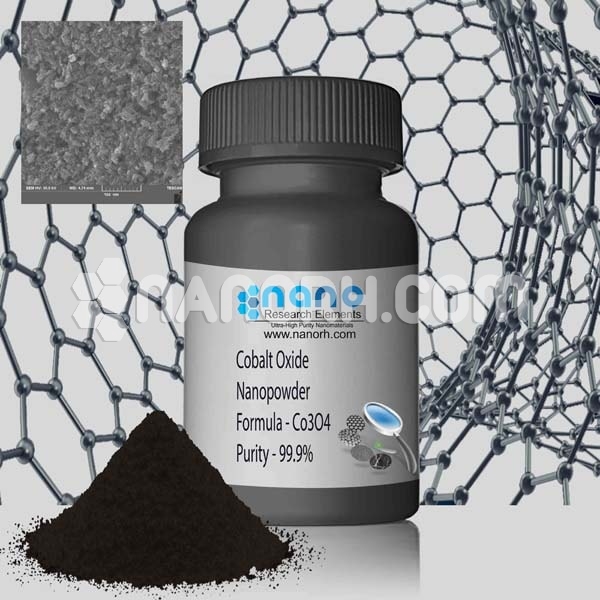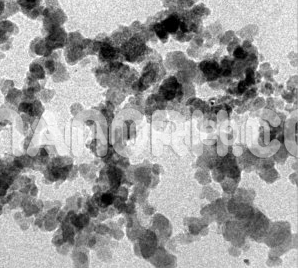| Graphite Nanoplatelets | |
| Product No | NRE-1016 |
| CAS No. | 7782-42-5 |
| Formula | C |
| APS | 2-8nm |
| Purity | 99.5% |
| Color | black |
| Molecular Weight | 12.01g/mol |
| Density | 2.2 g/mL at 25 °C |
| Average Layers | 3-6 |
| Form | Nanoplatelets |
Graphite Nanoplatelets
Composite Materials: Graphite Nanoplatelets can be incorporated into polymers, metals, ceramics, and other materials to enhance their mechanical strength, stiffness, and electrical conductivity. They act as reinforcement agents, improving the overall performance and stability of composites. Such composites find applications in the aerospace, automotive, sports equipment, and construction industries.
Energy Storage: GNPs are used in energy storage devices like lithium-ion batteries and supercapacitors. Their high surface area and electrical conductivity improve the electrode performance, leading to increased energy storage capacity, faster charging rates, and longer cycle life.
Thermal Management: GNPs have excellent thermal conductivity, making them suitable for thermal management applications. They can be added to thermal interface materials, such as greases and adhesives, to enhance heat dissipation in electronic devices and improve their overall thermal efficiency.
Conductive Inks and Coatings: GNPs are utilized in the formulation of conductive inks and coatings used in printed electronics, flexible displays, touchscreens, and RFID antennas. They provide conductivity while maintaining mechanical flexibility and stability, enabling the creation of innovative electronic devices.
Barrier Films: GNPs are used in the production of high-performance barrier films that provide enhanced gas and moisture resistance. These films find applications in packaging, food preservation, and electronics to protect sensitive products from degradation caused by environmental factors.
Lubricants and Additives: GNPs can be used as lubricant additives to reduce friction and wear in various mechanical systems. They improve the load-bearing capacity, decrease the coefficient of friction, and increase the lifespan of the lubricated parts.
Sensors: GNPs possess excellent electrical and electrochemical properties, making them suitable for sensor applications. They can be used in gas sensors, biosensors, and environmental sensors to detect and monitor specific substances or environmental conditions.
Catalysis: GNPs can serve as catalyst supports due to their high surface area and chemical stability. They can be functionalized with different catalytic materials to enhance reaction rates and selectivity in various chemical processes.




